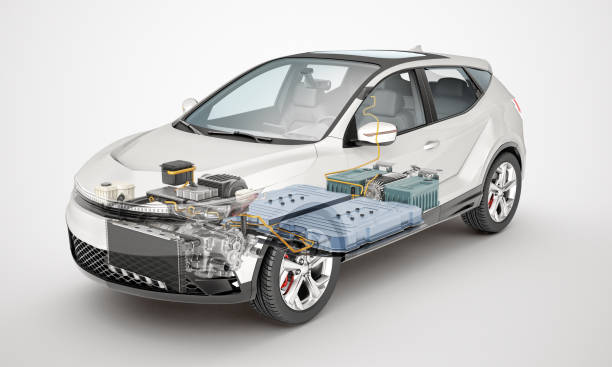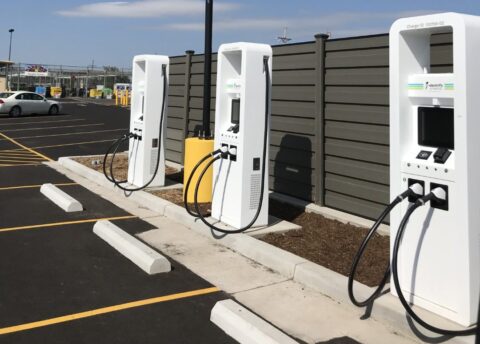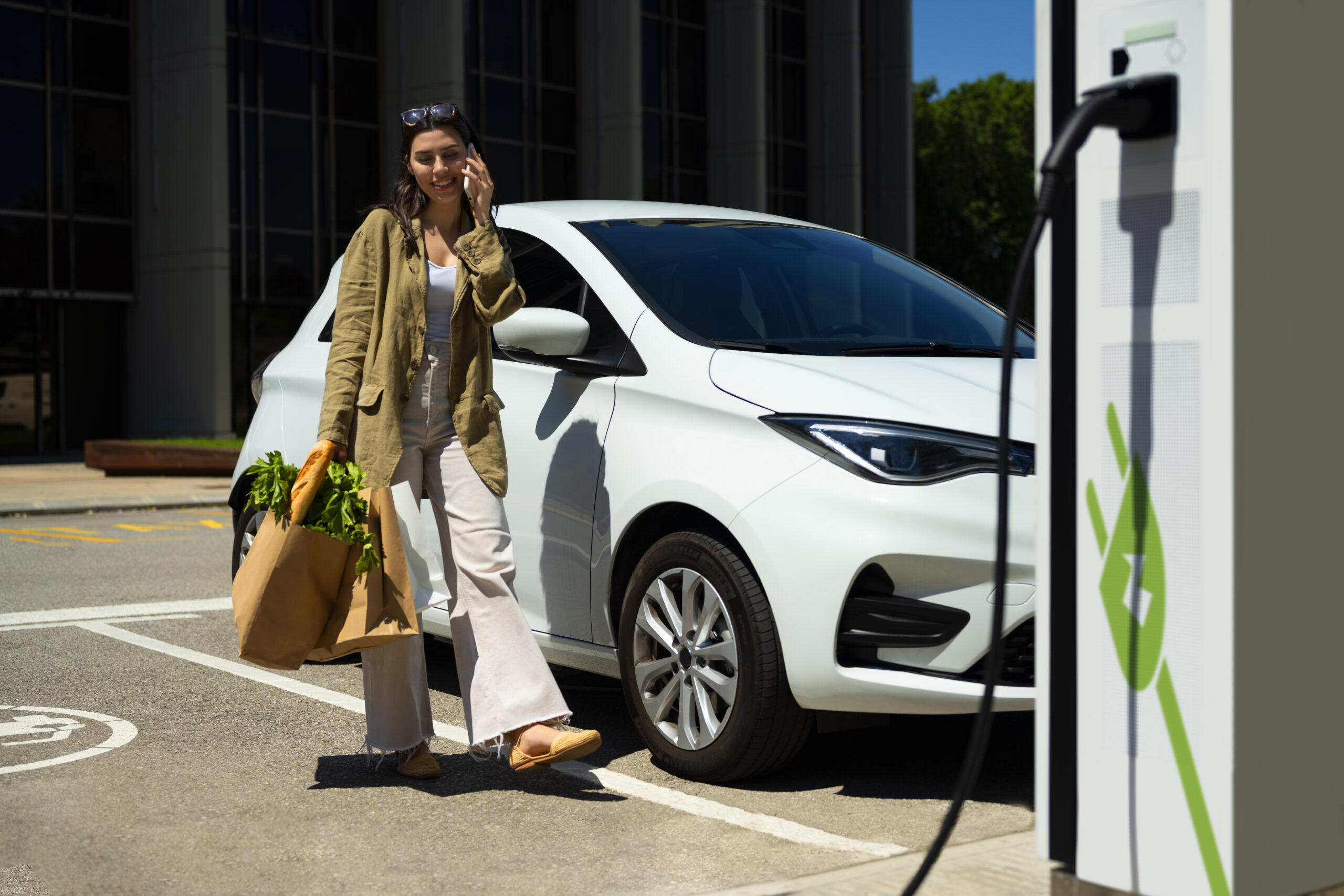Introduction
In India, interest in electric vehicles is rising steadily. The future of the nation’s automotive industry may be significantly influenced by electric cars and other electric vehicles (EV). Although there are significant difficulties in this market, interest in EVs is growing daily. Electric vehicle from MG Motor, Mahindra, and Tata Motors have been released on the market. In addition, a number of international automakers want to introduce electric vehicles in India in the upcoming years. Simply said, electric automobiles and other electric vehicles are the best option for consumers due to their many advantages. In this blog we are going to discuss future (like advantages, challenges and their solutions) of Electric Cars In India.
Table of Contents
Scope for Electric Vehicles:
In a nation with the third-largest road network in the world, there were 326.3 million vehicles on the road as of the end of the fiscal year 2022. Of the 326.3 million people, 97.89 million (about 30%) are car owners. In India, the use of electric vehicles is anticipated to increase dramatically during the next several years.

Advantages of Electric Cars In India
1. Environmentally Friendly:
In addition to this, electric cars can significantly contribute to lowering India’s pollution levels. Electric vehicles don’t emit any dangerous pollutants into the air like conventional gasoline-powered (Petrol/Diesel) vehicles do because they have no exhaust emissions. Electric vehicles have the potential to change the game in nations like India where air pollution is a serious issue. Driving an electric vehicle can help fight climate change and cut air pollution.
2. Cost Savings:
Over time, electric vehicles may be more economical. Because they have fewer moving parts that can break than cars powered by internal combustion engines (ICE), they require less maintenance. Additionally, you can save money on fuel costs because electricity is typically less expensive than gasoline.
3. Quiet and Smooth:
Since electric cars lack a combustion engine, they operate softly. Noise pollution results from this, which can calm you down while you’re driving. Additionally, the acceleration in electric cars is quick and smooth, making for a comfortable ride.
4. Energy Independence:
The fuel source for electric vehicles is electricity. This implies that we can lessen our reliance on imported oil and fossil fuels. More sustainably produced electricity is possible.
5. Health Benefits:
Since electric cars don’t emit dangerous pollutants, they help communities have cleaner air, which raises air quality in general. This may improve human health by lowering allergies and respiratory issues brought on by pollution. As a result, electric vehicles in India can significantly improve the healthcare system.
6. Lifecycle Emissions:
When manufacturing, operating, and disposal emissions are taken into account, electric vehicles often have lower lifecycle emissions than conventional vehicles. The total lifecycle emissions of electric automobiles are anticipated to reduce further as renewable energy sources become more widespread and manufacturing practices become more environmentally friendly.

7. Regenerative Braking:
Regenerative breaking is a feature of electric vehicles that captures the energy lost during braking and turns it back into power. This extends your driving distance by recharging the car’s battery and improving its performance.
8. Future Proof:
Electric vehicles are a step in the transition to a greener and more sustainable future. By switching to electric cars, we can promote the advancement of renewable energy technology and aid in the fight against global warming.
9. Ecosystem Development:
In India, there is a developing ecosystem for electric vehicles outside of the car industry. Electric vehicle components, battery switching services, and startup businesses are all becoming more prevalent. The general development and sustainability of the electric vehicle sector depend on this ecosystem.
Challenges
Despite the advancements, there are still several issues that must be resolved before EV use becomes more widespread.
1. Expensive Initial Cost:
The initial cost of electric cars is still higher than the cost of traditional internal combustion engine (ICE) cars, particularly the cost of batteries. Everyone cannot purchase expensive electric autos.
2. Limited Charging Infrastructure:
For the widespread use of electric vehicles, a sufficient charging infrastructure must be available. There is still a need for more charging stations, particularly in residential areas, public areas, and along roads, even if efforts are being made to broaden the charging network. Lack of infrastructure for charging EVs can make potential consumers less confident and cause range anxiety.

3. Range Anxiety:
Range anxiety is the worry that you won’t have enough battery power to get to a charging station. Consumers may be concerned about the short driving range of electric vehicles compared to conventional automobiles, particularly in a large country like India where long-distance travel is frequent.
4. Battery Technology and Supply Chain:
The performance and range of electric vehicles are greatly influenced by battery technology. It is a continuous challenge to create better battery technologies that provide more range, quicker charging times, and longer lifespan. Additionally, building a strong domestic supply chain for battery production is necessary to lessen reliance on imports and provide a consistent supply of batteries at reasonable prices.
5. Lack of Consumer Education and Awareness:
Many Indian consumers still have little awareness of electric vehicles. Many people’s perceptions of electric vehicles are incorrect. People are unaware of the advantages of electric cars/vehicles in India.
6. Policy and Regulatory Framework:
Although the Indian government has taken initiatives to promote electric vehicles, a stable and long-term policy framework that offers distinct incentives, helpful regulations, and a reliable business environment is required. For the EV business to continue to expand and flourish, there must be ongoing support, incentives, and cooperation between the government, industry players, and research organizations.
Promotional Measures for Electric Vehicles
The Indian government has made a number of actions to encourage the use of electric vehicles there. Here are some of the crucial actions
1. The FAME India Program:
To offer financial incentives to purchasers of electric cars (EVs), the Indian government created the Faster Adoption and Manufacturing of (Hybrid &) Electric cars (FAME) India Scheme. With the help of this scheme, buyers will pay less up front for EVs.
2. Subsidies and incentives:
The FAME India Scheme offers consumers of electric vehicles a variety of incentives, including direct cash subsidies and lower taxes, to promote the use of electric vehicles.
3. Infrastructure for Charging:
The government is constructing a strong infrastructure for charging all around the nation. For EV users to have easy access to charging, public charging stations are being installed in cities and along roads.
4. Research and Development Support:
The government is supporting and funding initiatives for research and development involving electric vehicles, such as improvements in battery technology and sustainable mobility options.
5. Government Fleets:
The Indian government promotes the use of electric cars in its own fleets. This includes advocating EVs to government representatives and organizations, which helps grow the market for EVs and provides a model for others to follow.
6. Public Awareness Campaigns:
To inform the public about the advantages of electric vehicles, such as less air pollution, lower running costs, and their favorable effects on the environment, the government is undertaking public awareness campaigns.
7. Import Duty Reduction:
In an effort to make electric vehicles more widely available, the government has lowered the import duty on a number of essential parts and components.
8. Goals Relating to Electric Cars:
The government has established challenging objectives for the adoption of electric cars in the nation. These goals act as a road map for the sector and encourage manufacturers to concentrate on making more electric cars.
9. Government and Industry Collaboration:
To develop and put into action policies that support electric mobility, the government is working with automakers and other stakeholders in the ecosystem for electric vehicles.
Conclusion
Future mobility in India is anticipated to be significantly influenced by electric vehicles (EVs). Even though there is a huge market for electric cars in India, there are still issues including high upfront costs, sparse charging infrastructure, and range anxiety. However, the use of electric vehicles in India is anticipated to increase dramatically over the next several years. Thanks to continuous government assistance, technological breakthroughs, and rising consumer awareness.
“Zero Emissions, Endless Possibilities: Electric Cars in India.”
As we close the chapter on this blog, let’s keep conversation alive. Don’t forget to comment to share your thought, experiences and ideas as we electrify India’s automotive landscape.

